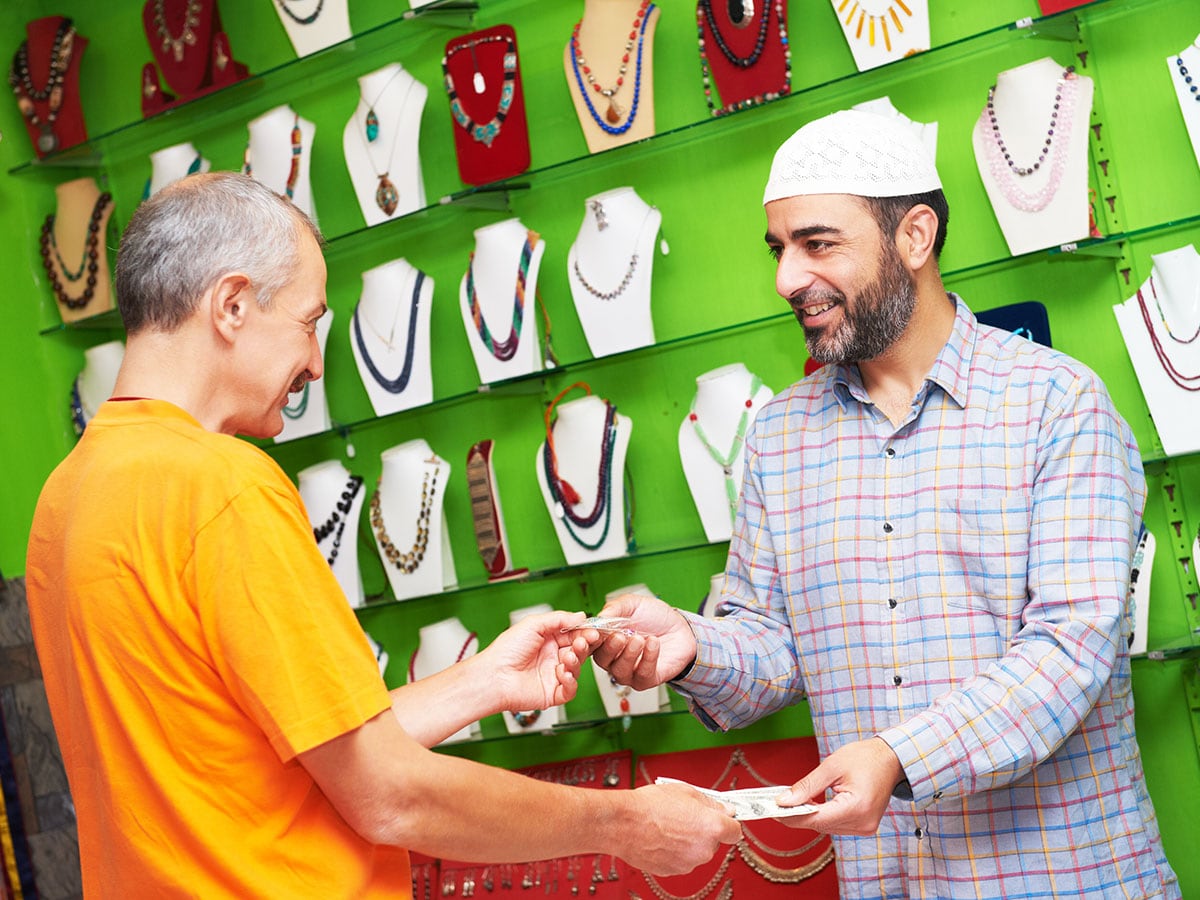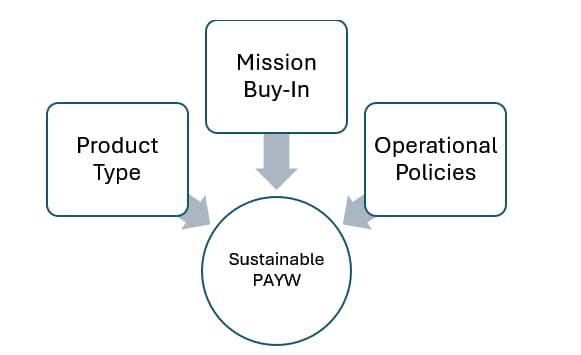 Pay-As-You-Wish (PAYW) model shifts responsibility of setting prices to customers, allowing them to decide the price they are willing to pay for a product.
Pay-As-You-Wish (PAYW) model shifts responsibility of setting prices to customers, allowing them to decide the price they are willing to pay for a product.
Image: Shutterstock
While traditional business models typically assign the responsibility of setting prices to the seller, who strives to balance internal costs with the customer’s willingness to pay, the Pay-As-You-Wish (PAYW) model shifts this responsibility to customers, allowing them to decide the price they are willing to pay for a product. This unique pricing strategy offers both opportunities and risks. Typically, the PAYW model has been used in contexts such as charitable donations, short-term promotional campaigns, or to address temporary excess capacity. We identify and discuss the important factors driving the adoption of the PAYW business model.
One of the most popular PAYW strategies was adopted by the music band Radiohead for their album “In Rainbows” by making it available for download on their website, letting their fans decide how much they wanted to pay. The strategy proved successful financially, exceeding typical earnings from traditional record label sales, generating sufficient buzz, and boosting their publicity.
In the case of digital goods (in this case, digital albums), the marginal cost of production is negligible compared to the initial fixed cost of developing the first digital product. The initial cost of producing the music would be a one-time investment, and each additional download would cost virtually nothing as the distribution of the album happened over the Internet compared to physical distribution, which would incur huge costs. The main challenge, then, is to ensure enough people buy and provide fair value for the product to make it sustainable. In this case, the band’s huge popularity played a key role, leading to significant downloads and generating revenues. The deployment of the pay-as-you-wish pricing strategy seemed particularly attractive for the fans and music lovers who could get access to the copy at a price they wanted to pay.
While the above case study showcases a success story of the Pay-As-You-Wish model used for short-term purposes such as promotional campaigns, there are also examples of its long-term application across industries, with varying outcomes. We turn our attention to the restaurant business, where the PAYW model has been adopted with variable outcomes. We look at two mini-cases and delineate key factors behind the success and failure of such business initiatives.
Panera Bread is a well-known bakery-cafe chain with several locations across the United States and Canada. Panera Cares cafés were launched in 2010 as the non-profit division of Panera Bread. The main objective of these “community cafes” was to address the issue of food security where visitors could eat and pay either “suggested donations” on the menu, more than the suggested donations, or pay nothing at all. In other words, the aim was to create a space for dining with dignity for those who couldn’t afford it. Those who couldn’t afford to pay were encouraged to volunteer at the café for work in return for a meal.
While the mission addressed a social cause, the café faced several challenges that made it difficult to sustain in the long run. One of the key challenges faced was the mismatch between the purpose of the initiative and its perception by the customers who visited the café. This was further aided by the fact that Panera Bread’s brand image as a premium for-profit café conflicted with the social mission of Panera Cares since the non-profit cafes looked the same and tried offering the same meals as Panera Bread. For instance, reviews on Yelp highlighted that regular customers often find it difficult to dine with homeless people. The initiative was supposed to be financially self-sufficient, assuming that the paying customers would subsidise the non-paying customers. However, the reality was quite different. For instance, in one of the Panera outlets, only 10 percent of the customers paid more than the “suggested donations.” As a result, these outlets could not sustain themselves financially and hence shut shop. The social experiment started in 2010, with five outlets eventually closed in 2019.
Also read: The hidden costs of clicking the “Buy Now, Pay Later” button
However, a few restaurants have successfully used the Pay-As-You-Wish model over the long term. We examine the case of SAME (So All May Eat), which started in 2006 as a café. The mission of SAME is “creating community through healthy food”. The model works through a customer participation-based system where customers contribute either through donations, volunteering time, or giving produce in exchange for a healthy meal. This unique model integrates the customer into the operational model of the café and thus fulfils the café’s mission. The café has no set prices, and visitors can pay what they can afford. Further, the above participatory model helps keep overheads lower by relying on volunteers, using donated ingredients, and having a simple menu, along with donations and fundraising. With a full-time staff of six members and support from 850 volunteers, SAME has successfully run a single café in Denver with the above model since 2006, opening its second café in Toledo, Ohio, in 2022.
We find that a triadic framework emerges from the above discussion (shown in the Figure below) that can be considered while adopting a PAYW model.

1. Product Type: Product type drives the nature of cost structure, affecting the sustainable adoption of the PAYW business model. As highlighted, digital goods with high initial investment but minimal production and distribution costs better fit the PAYW model.
2. Mission Buy-In: The firm’s clear communication of the purpose to key stakeholders (customers and employees) under the PAYW business model (where pricing is not in the firm’s control) becomes even more critical. For instance, Panera Cares lacked employee and customer buy-in due to unclear branding, whereas shared values fostered buy-in and a sense of purpose in the case of SAME.
3. Operational Model: Operational policies should be appropriately set to support a PAYW business model. For instance, by allowing customers to pay in kind instead of cash and seeking volunteers, companies can offset some of the costs under the PAYW model.
Kamalika Chakraborty (Associate Professor, JAGSOM)
Sayan Chowdhury (Assistant Professor, JAGSOM)
Nishant K Verma (Associate Professor, IIMB)
[This article has been published with permission from IIM Bangalore. www.iimb.ac.in Views expressed are personal.]
 Pay-As-You-Wish (PAYW) model shifts responsibility of setting prices to customers, allowing them to decide the price they are willing to pay for a product.
Pay-As-You-Wish (PAYW) model shifts responsibility of setting prices to customers, allowing them to decide the price they are willing to pay for a product.

